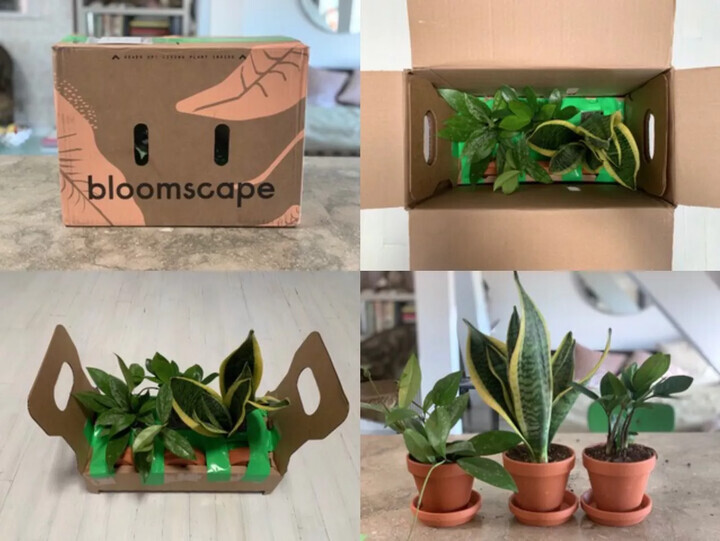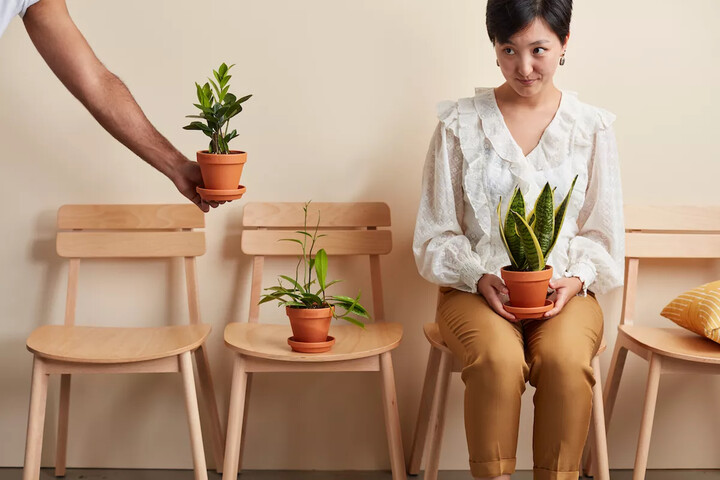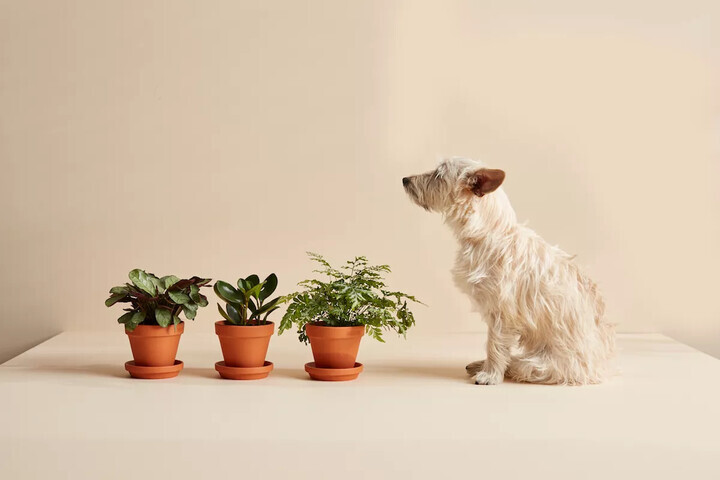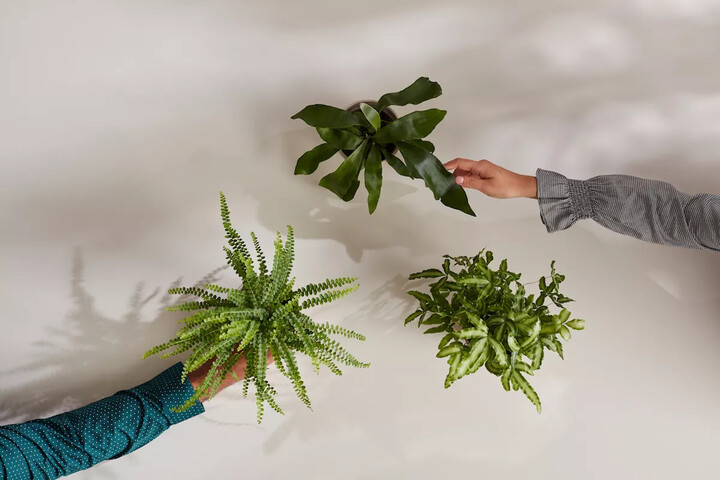While there is something to be said for a lone statement plant in a room – like a giant Monstera deliciosa in the corner or a big frondy palm on a side table – there is perhaps more to love about clusters of houseplants. Even in a minimalist home, a collection of plants together doesn't read as clutter so much, but rather a lush whole made of similar parts.
In the wild, plants group themselves together naturally based on their requirements; so why not provide them the same consideration when having them in the home? Grouping plants together that thrive in similar conditions, and thus have the same care needs, makes it extra easy to tend to them.
And for some, it helps them to form their own mini-biome as well. For example, placing humidity lovers close together can help create a pocket of moisture for every plant in the group. Meanwhile, if you put a shade-loving and a sun-loving plant in the same area, at least one of them – and maybe both – will not enjoy it.
Consider Grouping Plants Together Based on These Criteria
Light
Group by low to bright light, direct versus indirect.
Humidity
For example, tropical plants like it moist, succulents not so much.
Temperature
Cold-sensitive plants may not like a drafty winter window sill; heat-sensitive plants should be kept away from heaters and vents.
Thirst
Watering is easier if plants that require more of it are living together, and vice versa.
Pet-friendliness
A lot of plants are toxic to pets; group these ones together in an out-of-reach place.
Looks
And finally, once you have a group shortlisted, consider how they look together to make the final grouping. Generally, plants that thrive together will look good together since they have similar requirements and thus complementary features.
Aim for a harmonious mix and match of leaf shapes and sizes. It looks great to have some that grow tall, some that ramble, and some that trail. And remember that an uneven number, like three or five, is a good design standard when clustering objects.
If you are unsure of where to start in selecting plants to group together, my favorite online plant shop/greenhouse, Bloomscape, has launched a series of "Collections" – curated sets of three to group together. I've written about Bloomscape and their Plant Mom (AKA Joyce Mast) before – they deliver plants straight to your home, directly from the greenhouse. And they delivered a gift collection to me (their number one fangirl), and I LOVE it. It is pictured above (in my own pots). Here is how my new babies came:

There are currently three sets available, they cost $65 dollars each (for three plants) including shipping, an eco-friendly pot, detailed care instructions, and a 30-day guarantee; "If your plant dies within 30 days, we’ll replace it for free, no questions asked." The plants come in 4-inch pots, but are bigger than I expected.
The Tough Stuff Collection (the one I got, and also pictured below) comes with a sansevieria, ZZ plant, and green hoya – it's a lovely set of "forgiving" plants that are great for less-than-ideal conditions. They are comfortable in nearly any light, don't need much watering, and will basically thrive all on their own.

The Fur Friendly Collection (below) includes a fishbone prayer plant, a green peperomia, and a silver lace fern – all of which are safe for pets. They also share a love of medium indirect light and a desire for moisture.

The Fern Friends Collection (below) comes with a staghorn fern, a silver ribbon fern, and a lemon button fern. All three will thrive in medium to bright indirect light and prefer a moist environment; if you have windows or a skylight in your bathroom, these would make great "shower plants."

If you have a local mom and pop plant shop that you love, with a knowledgeable mom or pop within, I am sure they could help you curate a collection of your own, with your specific requirements in mind. If you are relying on a big box store, I'd recommend checking out Bloomscape – if not for actually buying the plants (even though they come directly from the greenhouse and are healthier than plants that have been subjected to more rigorous travel and warehouse storage, just sayin'), but for the information alone. It's a super resource, and where else can you get advice from Plant Mom? Either way, the benefits of strategically grouping houseplants together makes for happy plants and easier plant care.